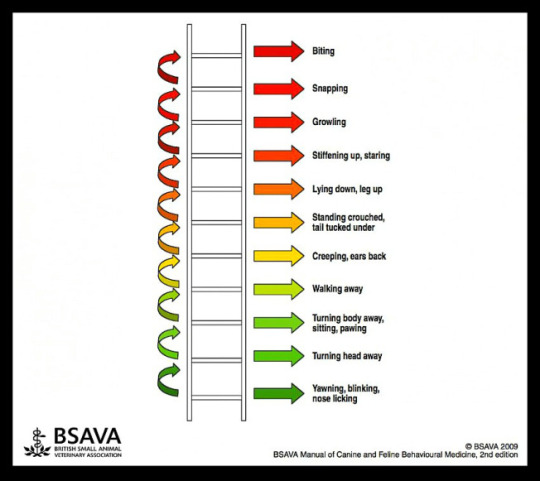There are a lot of misconceptions and misunderstandings about fear in dogs and how we should deal with or manage it. One of the first problems is that often a behaviour isnt recognised as being due to fear as owners arent aware of the signs in their dog.
A fear of feet are listed in the top 20 phobias in the Uk, for most people this would seem odd, but for those scared of them, its a huge , overwhelming problem that can invade every aspect of their lives no matter how irrational it may seem. For dogs its no different, we may wonder what is so scary about a hard hat, a carrier bag, a hoover or whatever it is our dog is scared of, It may seem trivial to us but to our dog it is every bit as real as the person whose daily life is interrupted by feet!
Fears in dogs develop for many reasons. Just like humans, dogs have differing early experiences and personalities which make them more prone to being fearful of things. Their first encounters with things they find scary can also shape how they behave towards them in the future.
The first time a dog comes across something ‘scary’ they will test out behaviours that make the scary thing go away. The behaviour they chose will be based on their previous life experience and to a degree, their genetics but will be based on the fact they want to remove the scary thing. So behaviours can be confronting, such as growling or barking to make the scary thing go away or escape, such as hiding or running away so that they are going away from the scary thing.
The Consequence of the behaviour is whether the scary thing has gone. If it has then the behaviour worked, if it didn’t then the dog will try another more intense behaviour to make the scary thing go.
The next time he encounters the scary thing, his behaviour will be based on what happened the first time he encountered the scary thing and the consequence it had.
After a while the behaviours that the dog used that removed the scary thing become automatic. The more they are practiced, them more permanent they become. The problem with this is that the dog can then start to apply this behaviour to other situations and experiences and rather then start back at the bottom of the ladder again, he or she is more likely to start further up where he found things worked better.

So how do we prevent fears developing or help our dog who has a fear?
Firstly, we cant wrap our dogs in cotton wool. Fear is a perfectly normal emotion designed to keep us safe from danger. However, being able to recognise signs of stress and discomfort in our dogs is vital in order to prevent them developing unhealthy ways of dealing with these emotions. We mustn’t force our dog into fearful situations they aren’t comfortable with, instead reassuring them and allowing them to approach scary things at their own pace on their own terms is key as is allowing them to retreat away from them. Learn what the more subtle signs are that a dog displays to demonstrate they are afraid or anxious.
It is vital not to punish these signs if you see them. They are your dogs way of communicating with you and picking them up early reduces the chances of your dog taking the next step up on the ladder of aggression.
If your dog is showing signs of fear or aggression;
- Speak to your trainer or behaviourist. In the meantime get your dog checked by a vet to make sure there isn’t a physical problem or pain attributing to the behaviour.
- Avoid putting your dog in a position where he or she is confronting their fear.
-Be kind and understanding of what your dog is experiencing. Getting frustrated or angry with your dog is counterproductive and will likely worsen their behaviour and fear.